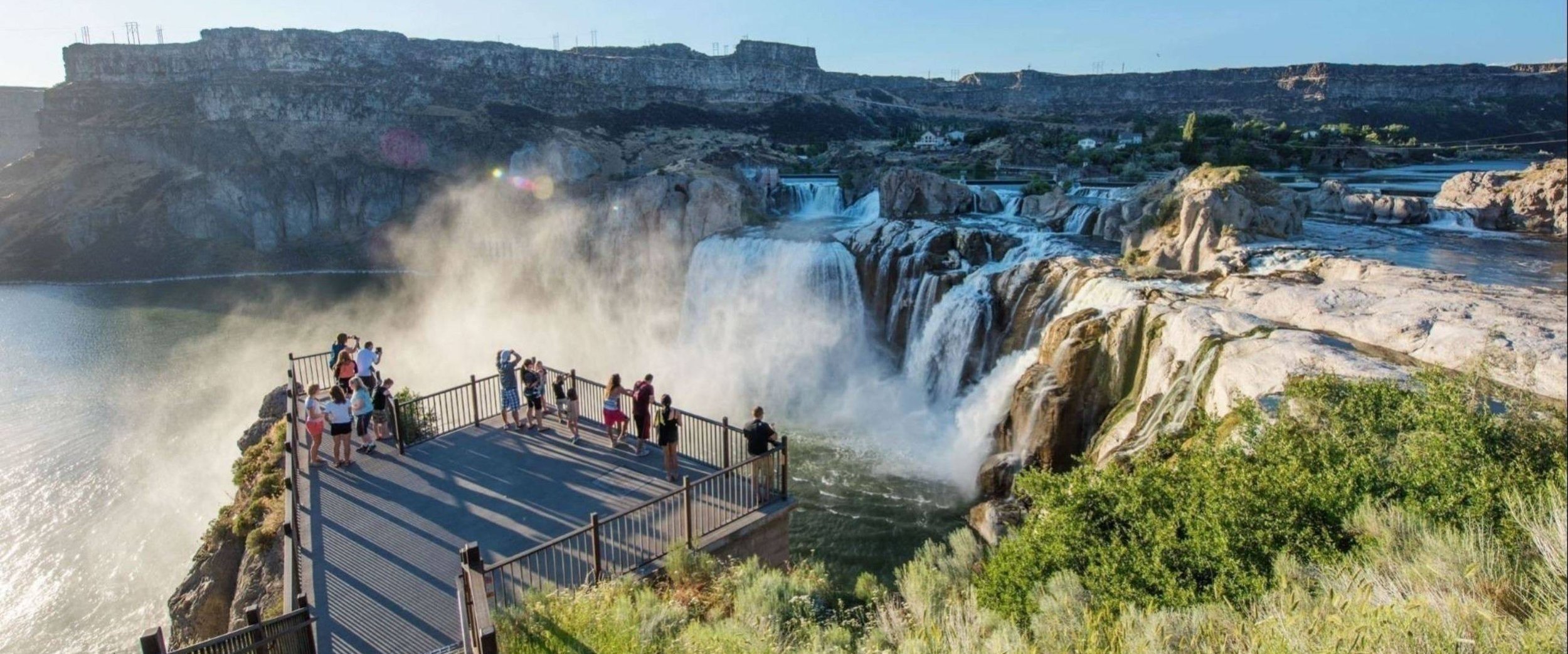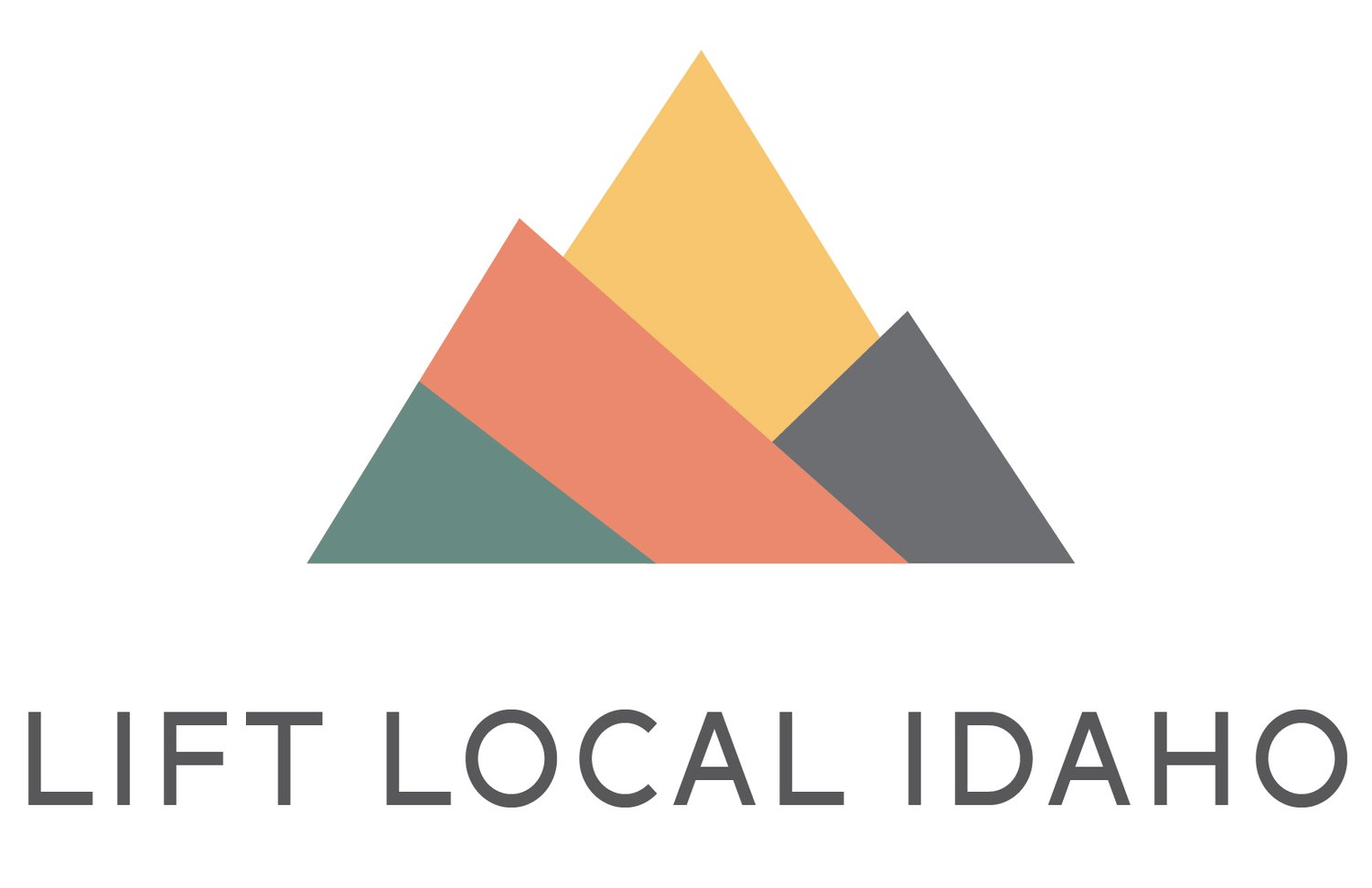Idaho’s Infrastructure Needs
This interactive tool displays Idaho’s urgent and critical
infrastructure demands— and a corresponding funding shortage of $4.7 billion.
Data was provided directly from city officials anonymously via a comprehensive survey conducted by the Association of Idaho Cities and Clearwater Financial. All of Idaho’s 199 cities have been invited to participate.
The following data represents 149 cities, 79% of Idaho’s population, and 90% of its businesses.
State, county, or federally funded projects are not represented. Please note this tool functions best on non-mobile devices.
Identified projects are categorized by IIJA grant standards and can be viewed by category, local government boundary, or legislative district. Projects displayed are at various stages of development (planning, design, construction). As such, costs are not exact — respondents were asked to provide ranges to the best of their ability.
This survey remains open. We encourage your participation. The tool will be updated regularly.

How do cities pay for infrastructure and public services?
Cities have a variety of revenue streams that allow them to generate funding to finance municipal programming, infrastructure, and operational costs. In Idaho, cities gain the vast majority of this funding through property taxes and local fees. These limited revenue sources are falling short across the state — putting cities’ ability to provide community services at risk.
A case study: Twin Falls
Twin Falls, Idaho’s eighth largest city, has 56,121 residents and serves as the retail, educational, medical, and employment center for its eight-county area. Like the majority of Idaho’s cities, Twin Falls and its neighbors are experiencing rapid growth in population and tourism — and that growth isn’t paying for itself.
Every single day, an average of 81,700 nonresident visitors enter Twin Falls for a variety of reasons — to grocery shop, use the city’s parks and amenities, visit schools and churches, and so on.
These visitors often frequent Twin Falls’ many restaurants and businesses, but because sales tax is not maintained locally in the state of Idaho, the city is not able to harness or benefit from that economic prosperity.
Meanwhile, the town’s roads and bridges, police and fire, EMTs, wastewater, and other infrastructure and public services are used by all who enter the city — resulting in an increase in traffic, crime rates, street degradation, public safety calls, and facility overuse. Consequently, the price of maintaining Twin Falls’ quality of life has risen at an all time high of 12.5% from 2022 (and 38% from 2012) – and this cost falls directly and exclusively on the property tax paying residents of Twin Falls.
Local option, an additional penny in sales tax that would be voted on and maintained locally, would not only generate approximately $15.5 million annually for the city, but would also be expected to decrease property taxes for the residents of Twin Falls by up to 40%.
What happens when city needs go unfunded?
Cities use tax dollars to provide vital community services. When these services are insufficiently funded, residents and visitors see and feel the consequences. Slashed or stretched city budgets might result in:
Arrival delays for emergency services, including paramedics and fire teams
Cities utilizing deferred maintenance on infrastructure projects, increasing future costs for the same projects by up to 600%
The inability to maintain roads and bridges — resulting in higher car maintenance costs for drivers, imposed weight limits for trucks, longer shipping times, and more traffic on the road
Reduced operating hours or the permanent closing of libraries, city pools, parks, and schools
A pullback in capital improvement and sanitation processes — negatively affecting overall city cleanliness, economic investment, and unemployment
Increased crime
Hiring freezes, layoffs, or cuts to municipal employee benefits



